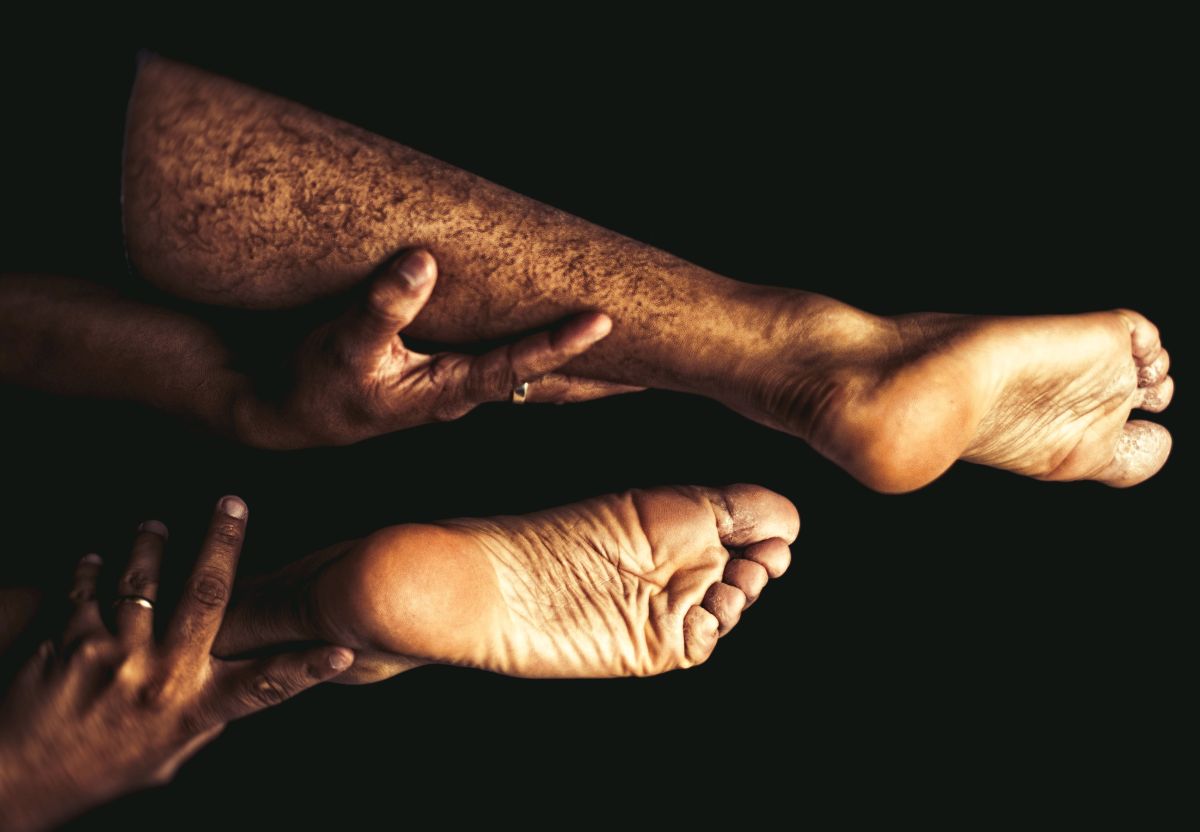The alarm clock is buzzing in your ear, it is now morning and time to roll out of bed. You put your feet on the floor and stand up only to feel a sharp pain in your foot. You start limping because of the needle-like pain in the arch of your foot or heel, it feels like you are walking on sharp stones. After a while the pain seems to ease up a little, only to worsen again when you get up from sitting at your desk a few hours into work. If this sounds familiar, you may be suffering from plantar fasciitis.
The plantar fascia is a broad band of connective tissue that attaches from under the surface of the heel bone to the base of the five toes. The plantar fascia functions to support the arch of the foot especially during standing, walking, running and jumping. Plantar fasciitis is defined as inflammation and thickening of the plantar fascia. It can occur as a result of an impact injury (fall) or by repetitive overuse namely running too much too soon. Flat or high arched feet put you at a greater risk in getting plantar fasciitis. It is characterized by localized tenderness to the undersurface of the foot especially close to the heel bone.

Causes of Plantar Fasciitis
- Standing for long periods on hard concrete floors, wearing unsupportive footwear.
- Overpronation (rolling inwards) of the foot and inflexible gluteal, hamstring and calf muscles increase the tension transmitted through the plantar fascia.
- Overtraining (too much too soon), repetitive jumping (e.g. basketball) and sudden changes in direction of play (e.g. tennis) predispose the plantar fascia to increased loading and possible risk of injury.
- A leg length difference can cause increased compensatory stress through the plantar fascia.
- Poor alignment & core stability (of the lower back and pelvis) and weak stabilization of the hip, knee and foot musculature serve to increase the forces on the plantar fascia.

The Focus of Physiotherapy is to:
- Decrease pain and inflammation and breakdown the formation of scar tissue, using electrotherapy and various massage techniques.
- Taping the foot and supporting the arch to decrease the weight-bearing stress through the fascia.
- It is important to correct spinal and pelvic alignment and to restore hip, knee and foot mobility.
- A customized stretching and strengthening program is an essential component of the rehabilitation. The rehabilitation program should also include core stability, exercises, functional balance retraining, agility and a progressive return to a sports exercise routine.
- If the increased stress placed on the plantar fascia is primarily due to faulty foot mechanics, then a customized orthotic may be necessary to correct the position of the foot.

People often ask “What is a heel spur and how is it treated?” Prolonged repetitive stress to the plantar fascia results in traction on its attachment to the heel. New bone formation is laid down i.e. heel spur to give added support to the fascia. The inflammation and thickening of the fascia are what causes the pain. The management of the heel spur is the same as the treatment for plantar fasciitis however an orthotic is generally required.
Would you like to learn more about the services we offer at Allied Physiotherapy Health Group? Please click here!